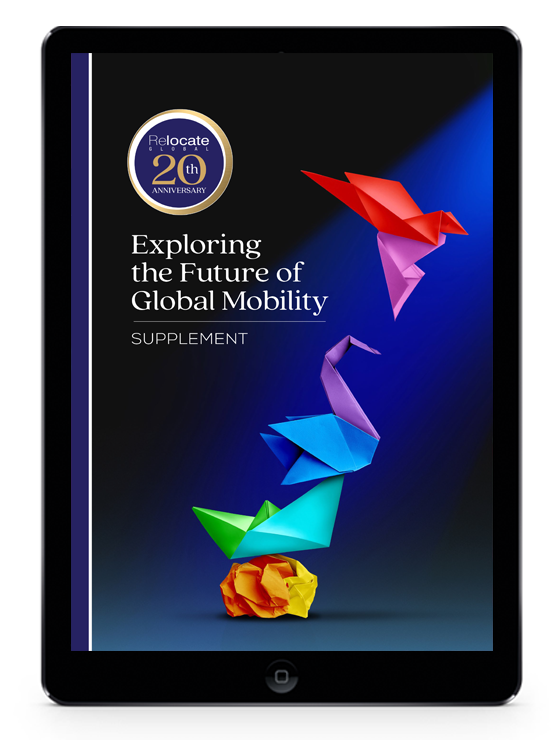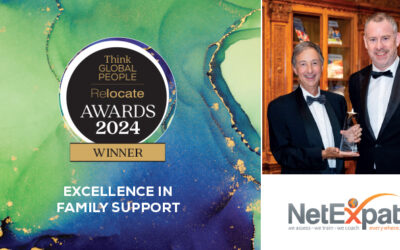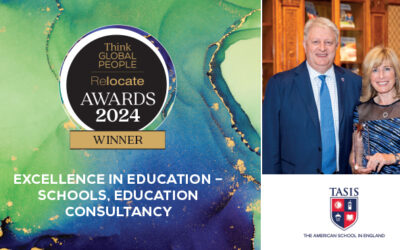Putting DEI into employee mobility, how to make relocating work for everyone
Diversity, Equity and Inclusion (DEI) is part of a larger societal shift. Culturally – be it national, corporate, religious, gender, generational or socioeconomic – recognising and addressing the needs of a wider array of people is working its way into many aspects of life. Within the employee mobility sector, there are numerous traditional elements that do not meet current and evolving DEI standards.
So, how can you encourage and support DEI in relocation?
Caitlin Pyett, Director of Account Management, Asia and Consulting Lead at Crown World Mobility discusses Diversity, Equity and Inclusion (DEI) in employee mobility.
Diversity, Equity and Inclusion (DEI) is part of a larger societal shift. Culturally – be it national, corporate, religious, gender, generational or socioeconomic – recognising and addressing the needs of a wider array of people is working its way into many aspects of life.
Within the employee mobility sector, there are numerous traditional elements that do not meet current and evolving DEI standards. The predominance of male head of household transferees, referring to the employee’s partner as a “trailing spouse”, and limited family support are just three examples.
So, how can you encourage and support DEI in relocation?
Encourage the development of a candidate pool for assignments and transfers
It all starts with recruitment. Managers may select a candidate based on work they have done together, or a high-potential employee may be earmarked for a relocation opportunity as part of a career development plan. Just as easily, someone can be excluded from consideration for these opportunities because they don’t have the right contacts, or someone in the decision-making position assumes they couldn’t undertake a move. These unconscious biases are at the root of insufficient approaches to inclusivity. Mobility professionals can play the role of instigator by raising the topic of how to engender greater diversity in the candidate pool. For example:
Who else might be considered for these opportunities? Work with HR and senior leaders to identify the broadest possible candidate pool before applying criteria that might eliminate potential candidates.
Identify elements of your current programme that may not accommodate everyone’s personal situations. Sometimes seeing where the problems are is the hardest part. Once you can pinpoint which aspects of your programme are contributing to exclusion, finding solutions follows naturally. That said, there are often unsolvable barriers, and knowing what they are is important, too (more on this later).
Encourage employees who may not see themselves as candidates to explore their options. It’s easy for employees who notice past assignees or transferees fit a particular mould, to worry that they do not, and silently eliminate themselves from consideration. Make sure employees know that the company is consciously expanding its commitment to diversifying candidate pools.
Undertake a deep dive policy review
Policy serves many functions. It defines the mobility programme, describes the assistance available and the eligibility for that assistance, in addition to addressing process points.
Not surprisingly, then, there are many aspects of policy that may work against a company’s DEI objectives. A thorough review can uncover the ineffective elements and identify opportunities for improvement.
What to look for? Look at language of course, but also assumptions, definitions, unnecessary rigidity, lack of flexibility and overall purpose.
Check your communication style
This is a part of both steps described above, but it is also worthy of standalone attention. The impact of communication is the most visible and easily changeable aspect of making your approach to employee mobility more DEI friendly. Things to consider are:
Written and verbal communications. Is everyone who touches employee mobility or assignment/ transfer candidate development focused on ensuring their communication is as bias-free as possible? This includes external partners, too!
Programme design. In line with the review of policy, is the communication of moblity programmes designed in such a way that people with a variety of perspectives and needs can see themselves in the programme descriptions? Are your communications gender neutral, family-friendly, as well as family-diverse, and orientation-aware?
Exception management. In mobility, we strive to avoid or minimise exceptions to policy, and in general this is a reasonable goal. However, when it comes to supporting DEI objectives, there should be parameters that specifically consider when exceptions may need to align with the greater priority of inclusion.
The elephant in the room
All of the above, in theory, will help to accelerate your approach to DEI in relation to mobility. However, there is an elephant in the room. The issue that can become a full stop before we even get started, and that is the fact that efforts towards a more inclusive approach cannot be applied in all situations.
There are countries that do not grant visas to unmarried or same sex partners. There are assignment locations that are not appropriate for families. There are personal legal situations that do not lend themselves to workarounds.
What to do? Be honest, communicate openly and, where possible, look for alternatives so that all valued employees know that the company is focused on enabling opportunities for them, wherever possible. After all, isn’t that the point?
“It’s easy for employees who notice past assignees or transferees fit a particular mould, to worry that they do not, and silently eliminate themselves from consideration. Make sure employees know that the company is consciously expanding its commitment to diversifying candidate pools.”
Caitlin Pyett, Director of Account Management, Asia and Consulting Lead at Crown World Mobility
Save the date
The Innovation Festival for Global Working
Join us on 8 June 2023 in Kent, UK
“There are countries that do not grant visas to unmarried or same sex partners. There are assignment locations that are not appropriate for families. There are personal legal situations that do not lend themselves to workarounds.
What to do? Be honest, communicate openly and, where possible, look for alternatives so that all valued employees know that the company is focused on enabling opportunities for them, wherever possible.
After all, isn’t that the point?”
Caitlin Pyett, Director of Account Management, Asia and Consulting Lead at Crown World Mobility
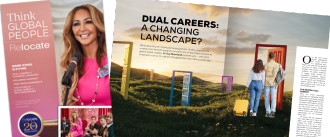
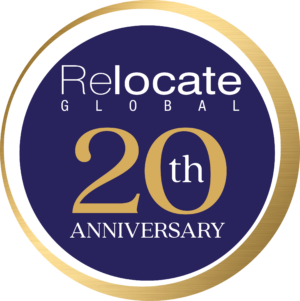
 Magazine
Magazine